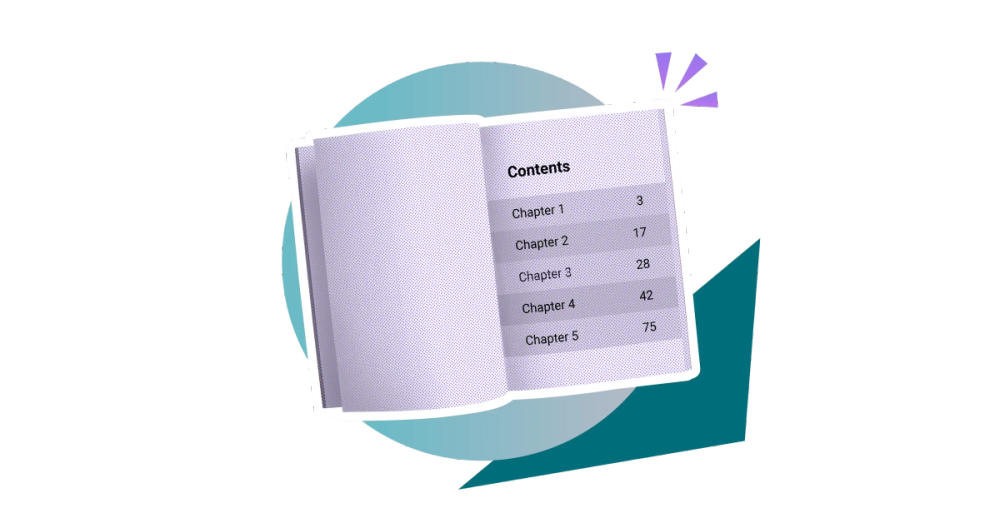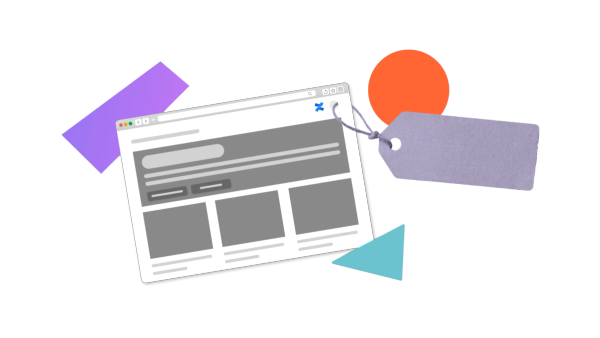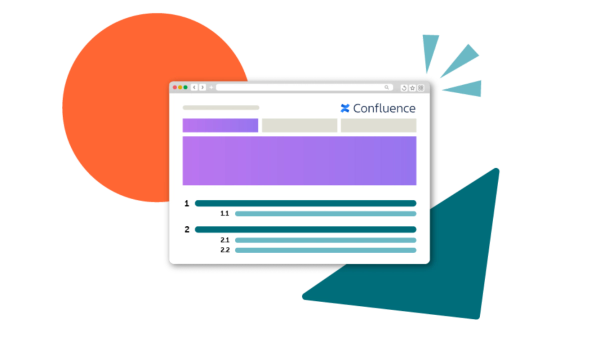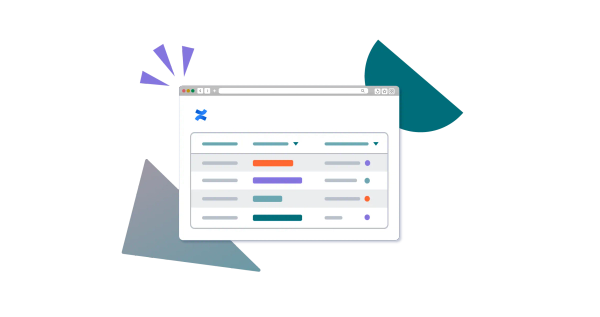How to add a table of contents in Confluence Cloud
Share on socials
How to add a table of contents in Confluence Cloud

Simon Kirrane
25th April, 2024


Simon Kirrane
25th April, 2024
Jump to Section
Jump to section
Why add a Confluence table of contents?
How to add a table of contents in Confluence
Customise your Confluence table of contents
Adding a Confluence table of contents has numerous benefits for your pages. Make navigation easier for you and other users with these simple steps.
A table of contents on a page makes it easier for users to find the information they need, but did you know that there are other ways that a Confluence table of contents can improve pages?
Curious about other ways to optimise page navigation? Enhance your Confluence pages further with tabs, numbered headings, and more - all included with Content Formatting Macros. Try it for free today!
Curious about other ways to optimise page navigation? Enhance your Confluence pages further with tabs, numbered headings, and more - all included with Content Formatting Macros. Try it for free today!
Why add a Confluence table of contents?
- Improve navigation: Users can easily find relevant information without scrolling through the entire page, saving time and effort.
- Ensure accessibility: A table of contents can improve accessibility for users who rely on screen readers or have other accessibility needs, allowing them to navigate the content more efficiently.
- Enhance documentation and knowledge management: In Confluence, a table of contents serves as a roadmap for documenting and organising information, making it easier to maintain and update content over time.
- Facilitate Search Engine Optimisation (SEO): Including a table of contents with relevant keywords and links can improve the page's visibility and searchability, helping users find content more easily through search engines.
How to add a table of contents in Confluence
1. Create a new page, or navigate to an existing one.
2. Click where on the page you’d like to go, and type in the keyboard shortcut /tableofcontents.
3. If your page already has headings, they will automatically appear in the table. Alternatively, add the text that you want to appear in your table of contents, making sure to format it as a heading.

You now have a table of contents for your page! Keep reading to find out how you can use customisation to get the table of contents of your dreams.
Customise your Confluence table of contents
In editing mode, click the Table of Contents macro followed by the pencil Edit icon.

Basic customisation
- Under Display as, select whether you want your list of contents to appear vertically or horizontally.
- Under Bullet style, choose whether items on your list are separated by square brackets, bullet points, numbers, and more.

- Choose which level of headings (e.g. Heading 2 to Heading 3) you want to show up in the table.
- Toggle to include section numbers in addition to bullet points.

Advanced customisation
- Indent the headings that show within your table of contents. For this, you’ll need to enter a valid CSS value.
- Filter to include or exclude headings containing certain words, phrases, or numbers. Make sure to separate different expressions that you want to filter by typing a comma between each.

- If you want to use custom styling for your table of contents, you can assign a CSS class name that is referenced in your CSS style sheet.
- Select whether or not you want to allow your table of contents to be exported as a PDF.
Now you have everything you need to keep users coming back - and improve the user experience for yourself, too.
Improve your Confluence page structure
Content Formatting Macros includes numbered headings, tabs, and more to make pages more engaging than ever.
Related Content
Read moreWritten by

Simon Kirrane
Senior Content Marketing Manager
With a 20-year career in content marketing, Simon has represented a range of international brands. His current specialism is the future of work and work management. Simon is skilled at launching content pipelines, establishing powerful brands, and crafting innovative content strategies.
LinkedIn →
LinkedIn →
Confluence
Productivity
Related Content
Read more


